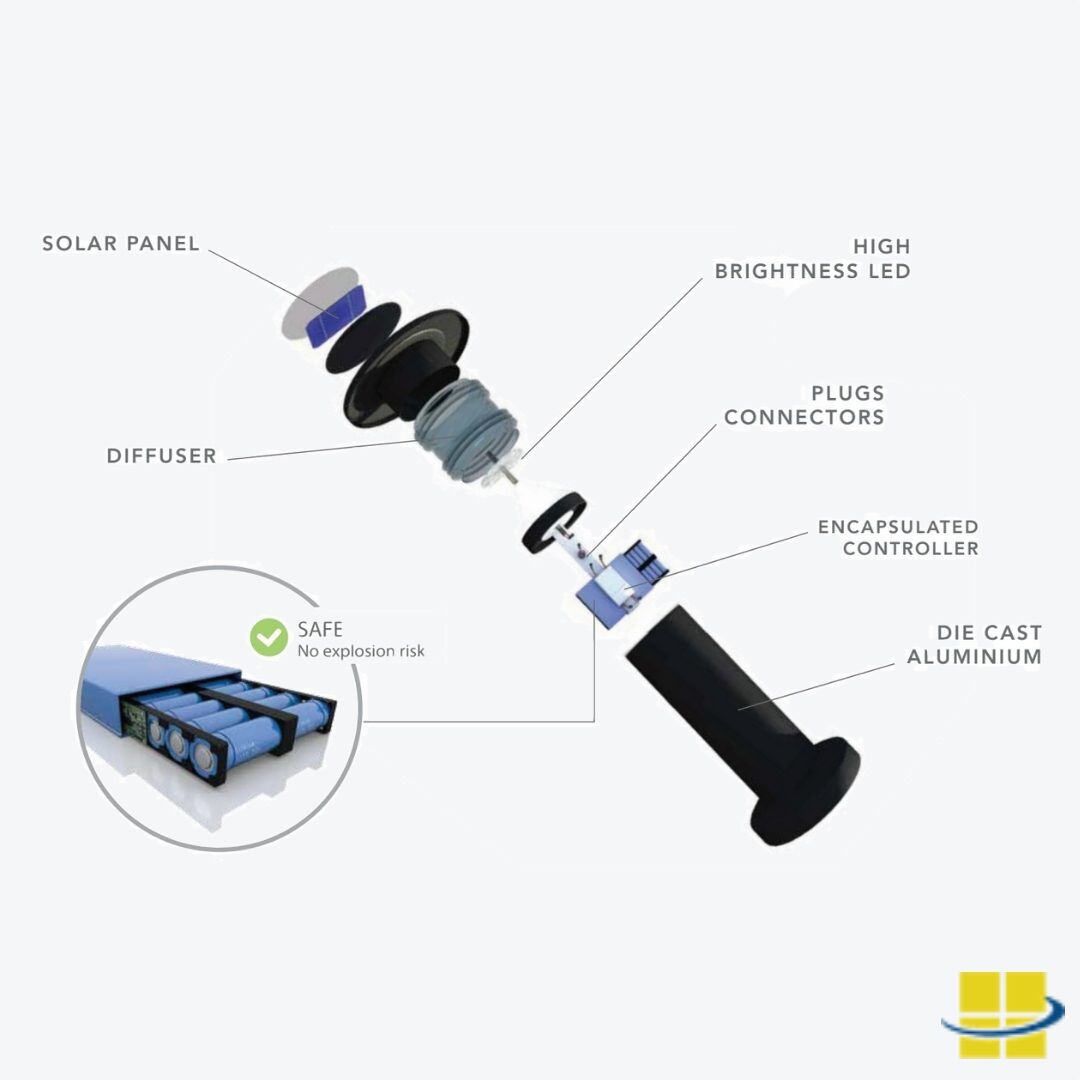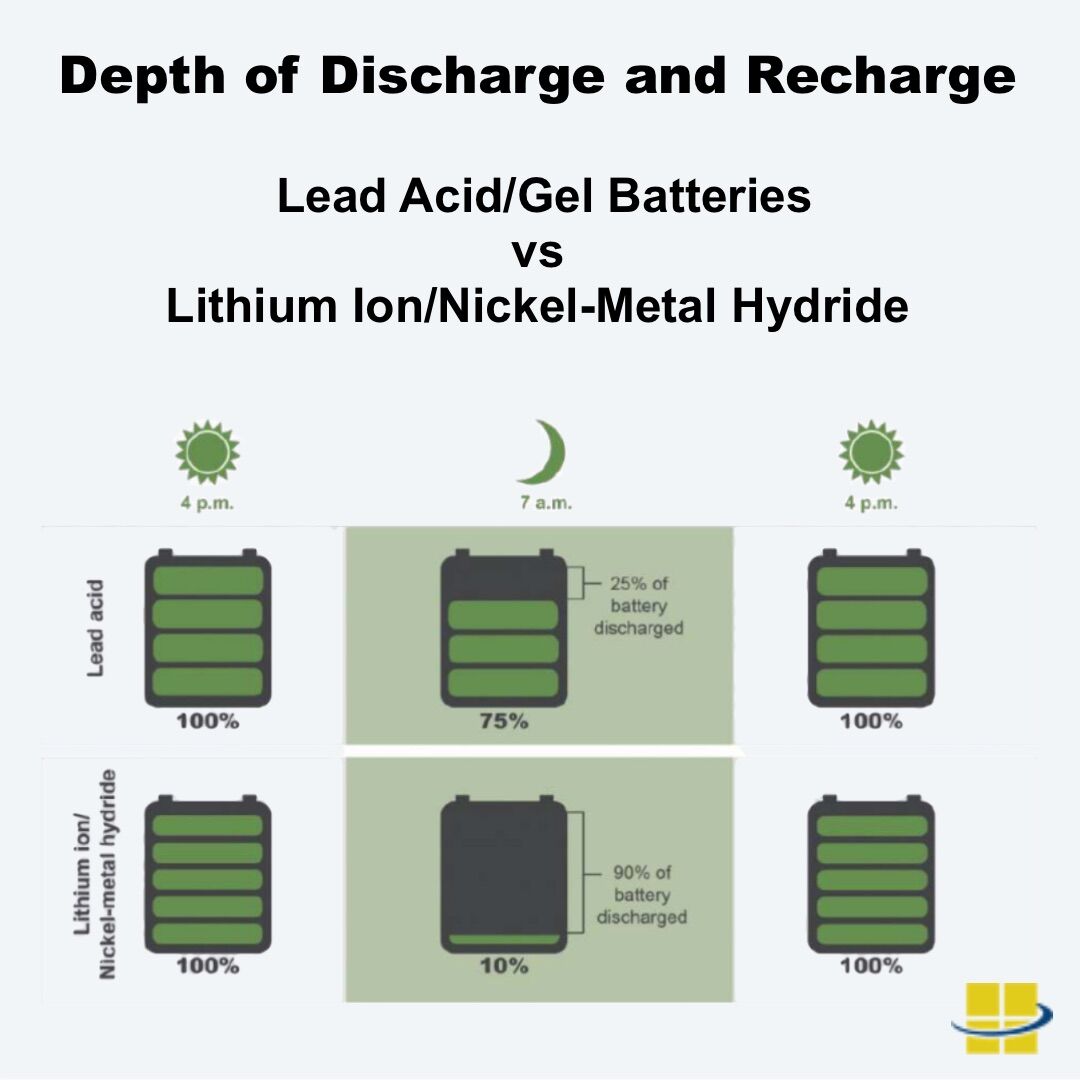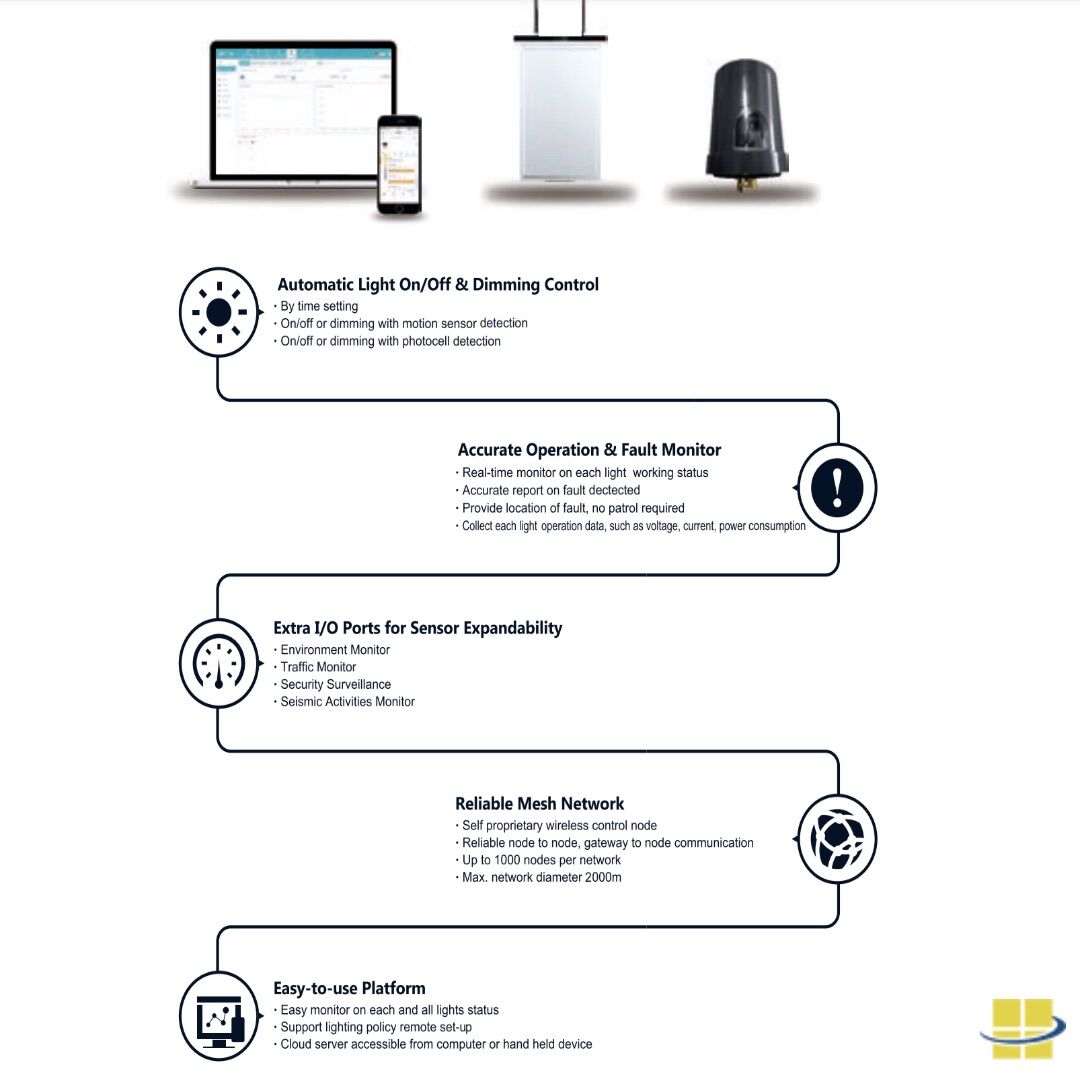Commercial LED Solar Lights have revolutionized lighting solutions by harnessing solar energy for illumination. But how do solar lights work? Exploring their functionality reveals a seamless integration of solar panels, batteries, and efficient LED technology. Understanding these fundamentals is crucial for grasping the essence of solar lighting.
Solar Energy Conversion and Storage
Solar lights operate through a simple yet ingenious process that harnesses the power of sunlight to provide illumination when needed. Here is a professional breakdown of how a solar light works.
Solar Irradiation Gathering by Photovoltaic Modules
During daylight hours, photovoltaic modules, commonly known as solar panels, are the primary components for gathering solar irradiation. These modules are composed of interconnected solar cells, each designed to capture sunlight and convert it into electricity because of the photovoltaic effect. Positioned strategically to maximize sunlight exposure, these modules efficiently gather solar irradiation, regardless of varying weather conditions.
Conversion of Solar Irradiation into Electricity and Battery Storage
Once the solar irradiation is captured by the photovoltaic modules, it undergoes a crucial transformation, conversion into electricity. Through the photovoltaic effect, sunlight energizes the semiconductor material within the solar cells, generating a flow of electrons and thereby producing electrical current. This electricity, rather than being immediately consumed, is directed to a battery for storage. Batteries associated with solar lights serve as reservoirs of energy, capable of storing surplus electricity generated during peak sunlight hours. This stored energy ensures a reliable power source for solar light, even during periods of low sunlight.
Release of Stored Energy for Nighttime Illumination
As daylight wanes and nighttime descends, the stored energy in the battery assumes its pivotal role in powering the luminaire. Guided by a programmed lighting profile, the battery releases its stored energy to illuminate the light fixture. This programmed lighting profile dictates the intensity and duration of illumination, ensuring optimal energy usage and meeting lighting needs throughout the night. By efficiently utilizing the stored solar energy, solar lights provide reliable illumination without the need for electrical power or grid-based electricity.
Types of Batteries used in Commercial Grade LED Solar Lights
The selection of batteries plays a pivotal role in ensuring optimal performance and longevity of the system. Various battery types offer distinct advantages and characteristics, each catering to specific project requirements and operational environments.
NiMH (Nickel Metal Hydride)
NiMH batteries are commonly used in commercial solar lighting applications due to their ability to provide reliable power storage. They offer good energy density and are environmentally friendly compared to some other battery types. NiMH batteries are known for their long cycle life and stable performance under various conditions, making them a popular choice for solar light systems.
AGM (Absorbent Glass Mat)
AGM batteries are a type of lead-acid battery that utilizes a fiberglass mat to absorb the electrolyte. These batteries are sealed, maintenance-free, and highly durable, making them suitable for outdoor solar lighting installations. AGM batteries are known for their excellent deep cycling capabilities and vibration resistance, which is important for working in outdoor applications subjected to harsh environmental conditions.
LiFePO4 (Lithium Iron Phosphate)
LiFePO4 batteries are a type of lithium-ion battery known for their high energy density, long cycle life, and superior thermal stability. They are increasingly being adopted in commercial solar lighting due to their lightweight design, compact size, and high efficiency. LiFePO4 batteries offer rapid charging capabilities and are less prone to thermal runaway compared to other lithium-ion chemistries, making them a safe and reliable choice for solar lighting systems.
Gel
Gel batteries, also known as gel-cell batteries, are a type of valve-regulated lead-acid (VRLA) battery where the electrolyte is suspended in a silica gel. These batteries are maintenance-free, spill-proof, and resistant to vibration, making them suitable for outdoor solar lighting applications. Gel batteries are known for their deep discharge capabilities and long service life, providing a reliable power source for solar lighting systems in various environmental conditions.
Battery Charging Cycles in Commercial LED Solar Lights: How Do Solar Lights Work?
What are Battery Charging Cycles?
Battery charging cycles refer to the process of charging and discharging a battery from its full capacity to empty and then back to full capacity again. In the case of solar lights, this cycle typically occurs daily, as the battery charges during daylight hours and discharges to power the LED lights.
Understanding Depth of Discharge (DoD)
Depth of Discharge (DoD) is a crucial factor in determining the lifespan and efficiency of a battery. It refers to the percentage of the battery’s total capacity that has been discharged. In a solar light, it’s essential to maintain a shallow depth of discharge to prolong battery life. Most manufacturers recommend keeping the DoD between 20% and 50% for optimal performance and longevity.
Impact of Charging Cycles on Battery Life
The number of charging cycles a battery can undergo before its performance begins to degrade depends on various factors, including battery chemistry, temperature, charging methods, and DoD. In general, lithium-ion batteries, commonly used in solar lights, are known for their durability and ability to withstand numerous charging cycles. However, deep discharges and excessive heat can make their lifespan shorter.
Click here for a step-by-step guide on how to transition to commercial solar lighting
Understanding System Management and Hardwares in Solar Lighting
To understand solar-powered lights or how solar lighting works, system management plays a vital role in ensuring efficient operation. This involves controllers or Energy Management Systems (EMS), which oversee and regulate the charging and discharging of batteries. These controllers are programmable, allowing customization based on specific operational profiles. Additionally, they incorporate a power reserve feature to ensure continued functionality during days with limited sunlight for recharging.
Remote monitoring is another critical component of solar lighting systems. It enables proactive maintenance by alerting users when a luminaire requires attention, thereby minimizing the risk of outages and reducing downtime.
Motion sensors are integral to optimizing energy usage in solar lighting setups. Whether mounted on poles or integrated within luminaires, these sensors detect occupancy, allowing the system to adjust lighting levels accordingly. This capability enhances energy savings by ensuring that lights are only activated when needed, further maximizing the efficiency of solar-powered lighting systems.
Automatic light control and dimming enhance energy efficiency, while accurate operation and fault monitoring ensure reliability. Extra I/O ports allow for sensor expansion, while a reliable mesh network ensures seamless communication. An easy-to-use platform simplifies system management. These features maximize efficiency and reliability in solar lighting systems.
Conclusion
How-do-solar-lights work? The operation of commercial LED solar lights involves a sophisticated interplay of solar energy capture, storage, and efficient lighting technology. Understanding the fundamentals of solar lighting, from applications that use photovoltaic technology to convert energy from the sun into electricity, to battery storage and system management, underscores the importance of each component in delivering reliable and sustainable light. The selection of appropriate battery types and efficient system management techniques such as remote monitoring and motion sensors, ensures optimal performance and longevity of solar lighting installations. By embracing these advancements, asking yourself “How does a solar light work?”, becomes much easier to answer. Click Here to learn more about high-performance LED solar lights.




